Boxing and boxing fans made these guys – now they have an obligation to meet in the ring

Manny Pacquiao, right, lands a blow on Miguel Cotto's chin during Saturday's fight. Photograph: Ethan Miller/Getty Images
Even through the sometimes distorting prism of TV, Manny Pacquiao's remarkable dismantling of Miguel Cotto in Las Vegas on Saturday night was the sort of fight that lives in the memory for a long time.
While Cotto will not want to quickly revisit the brutal and sustained pounding he took until it was stopped (at least two rounds late) in the 12th, you can bet Floyd Mayweather Jr will be poring over every second of it.
This is now the standout fight of our time: Pacquiao-Mayweather. They must meet. If they do not, it will reflect poorly not only on the competing money moguls, just as boxing is clawing back some credibility, but whoever of the two puts ego and money before their wider obligations to the sport.
This is not being naive. Boxing and boxing fans made these guys; they owe us. When, surely, they agree terms, I favour Pacquiao – just – in what ought to be the perfect meshing of styles: the quick-stepping punch-thrower in Pacquiao against probably the most complete boxer since Sugar Ray Leonard. Mayweather will be bigger – and, after watching the Pacman take Cotto apart, even more alert to danger than usual. It will take a monumental effort for Pacquiao to unlock Money's defence.
No doubt negotiations will be tortured. Mayweather, particularly, is incapable of peaceful talks, but Pacquiao is no angel-faced baby when it comes to sucking his share out of a purse.
You've got to keep your fingers crossed on this one.
But back to Saturday. What ... a. .. fight.
There are times when you get caught up in the moment, when you imagine, with all the critical detachment you can muster, that what you have just witnessed was very special.
In boxing, those moments are invariably accompanied by either a wall of noise, stunned silence or, in rare instances, both of those alternately.
Round after round, blow after blow, bruise upon bloodied bruise there was awe in the room. At the end, after the endless cacophony, the crowd were as stunned as the demoralised, courageous loser, draped over the shoulders of a referee just a couple of minutes from rescuing his Latino pride by getting to the final bell.
What made the fight, and the occasion, special rather than merely stunning were the many ingredients poured into it. How could this little man from the Philippines do this to an elite fighter who weighed probably a stone more than him when they got in the ring?
Certainly Cotto didn't know. Pacquiao bamboozled him. He knocked him down twice, took his best shots and he finished him off with speed and power. Look at Cotto in the first round and at the end: they do not look a lot like the same person.
It was the sort of comprehensive beating that finishes careers. If that proves to be the case with Cotto, he will become the third world-class opponent in succession Pacquiao has retired, coming after Oscar De La Hoya and Ricky Hatton.
The Pacman should get a new nickname: The Finisher. If he does the same to Mayweather, we will be able to say we lived in his time and were lucky to do so.
What's in a name?
Julio César Chávez Jr deserves to be mentioned alongside his father only as a member of the same family. It is not his fault, of course, that he is not even a pale imitation of the great man, but his entire boxing career has been built more on that connection than anything he brings to the ring.
On the undercard in Vegas, he did nothing to convince even his most ardent and deluded admirers that he is remotely in the same class as his father. Yet, over 10 unutterably dull rounds, he somehow convinced the judges he was worth the verdict over Troy Rowland.
Junior was listless, slow and hittable. Matthew Macklin would have knocked him out. Seriously. Inside five rounds.
Screen test
Can we get it wrong watching a fight on TV, especially if distracted by the commentary of the experts at ringside? Sometimes, certainly. There is no substitute for being there.
Those of us who have opined wisely from a considerable distance on great battles such as Dempsey-Willard, Louis-Schmeling I and II, LaMotta-Robinson I to V, or even as recently as Ali-Frazier I to III and Ali-Foreman, are aware there is a dangerous measure of compromise involved in trusting the transmitted image.
However, the argument has become less convincing down the years. The improved technology, the camera angles, the clarity of the picture and the access to the between-round discussions of each corner, which provide previously unheard insight, these are aids to any judgment.
And yet still some stay-at-home boneheads consistently get it wrong. Hugh McIlvanney pointedly is not one of those, which is why I was intrigued to see his take on Haye-Valuev, the fight that has inspired more idiotic blogging than nearly any recent event I can remember.
McIlvanney is this business's doyen. He has witnessed nearly all the great fights of our time. He graced the pages of the Observer with his wit and insight for 30 years before decamping to the Sunday Times and is still a joy to read, especially on what he called "the brutal trade".
He is one of the few writers I'd wait a week to read on any fight, and his take on Haye-Valuev yesterday – after watching it on TV, apparently – had all the forensic integrity of the days when he was ringside at more glamorous affairs. He chided those cheerleaders who hailed Haye's win as conjuring their judgments from "feverishly patriotic imaginations".
I agree with McIlvanney the peck-and-run fight lacked what we would regard as traditional "dramatic conflict", although I'm not sure it was quite the "monument to tedious non-belligerence" he describes; one man's tedium is another man's edge-of-the-seat anxiety. And there was little tedium, in my humble opinion, witnessing Haye – outmatched by seven stones and nine inches, as well as impossibly disadvantaged by a reach deficit of nine inches, not to mention carrying a damaged right hand for 10 of the 12 rounds – reduce the biggest heavyweight champion of all time to pitiable ineptitude.
It was not conventional "fighting", true. There was no elemental collision. And it certainly wasn't Ali-esque in the manner that the great man undid those other genuine ogres, Sonny Liston and George Foreman.
But, such was the disparity in size, so awkward was the assignment, it was the only way Haye could win. I described it, live, as "the ultimate con trick".
But did I get it right?
I went back to the tapes – and this is what I found: Haye landed 154 scoring punches to 51, bettering the Russian in every round, and made him miss an arm-wearying 453 times.
The closest Valuev got to Haye was round seven (which I scored even on the night). Haye took it 8-6 on scoring shots and made Valuev misses 32 times.
Haye's best round was the last, which he took 23-4 on punches landed, making Valuev miss 49 times.
Not pretty. Hardly classic. But conclusive.
And another thing ...
Matthew Hatton reckoned he beat Lovemore N'Dou on Saturday night and complained bitterly at ringside about the draw that allowed the Australian to keep his IBO title. His impression was that, overall, he was the better man. And, as he said, the punch stats showed he just outpunched N'Dou – but he didn't win enough rounds on two cards.
It's the way the maths tell the story of a fight. It's how Haye conned Valuev. And, until someone comes up with a better system, it will be the way all fights are won, lost or drawn.









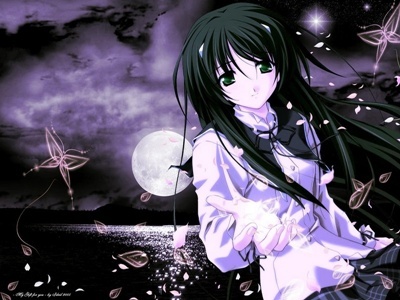

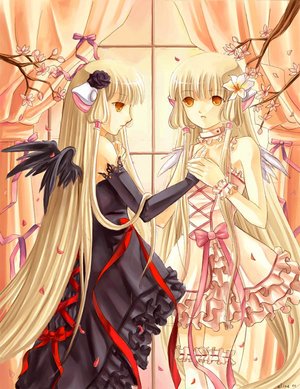

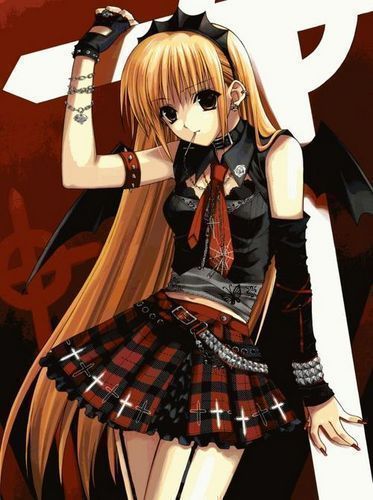
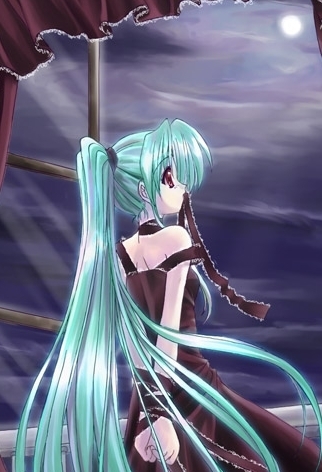
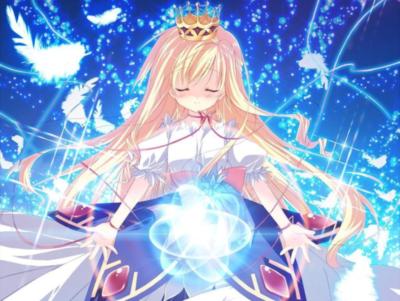
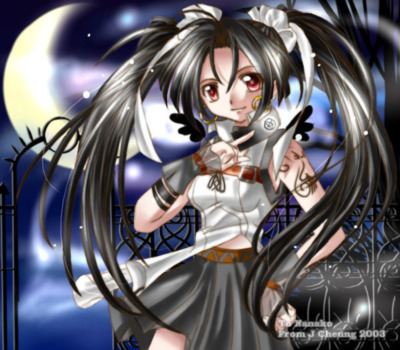



























No comments:
Post a Comment